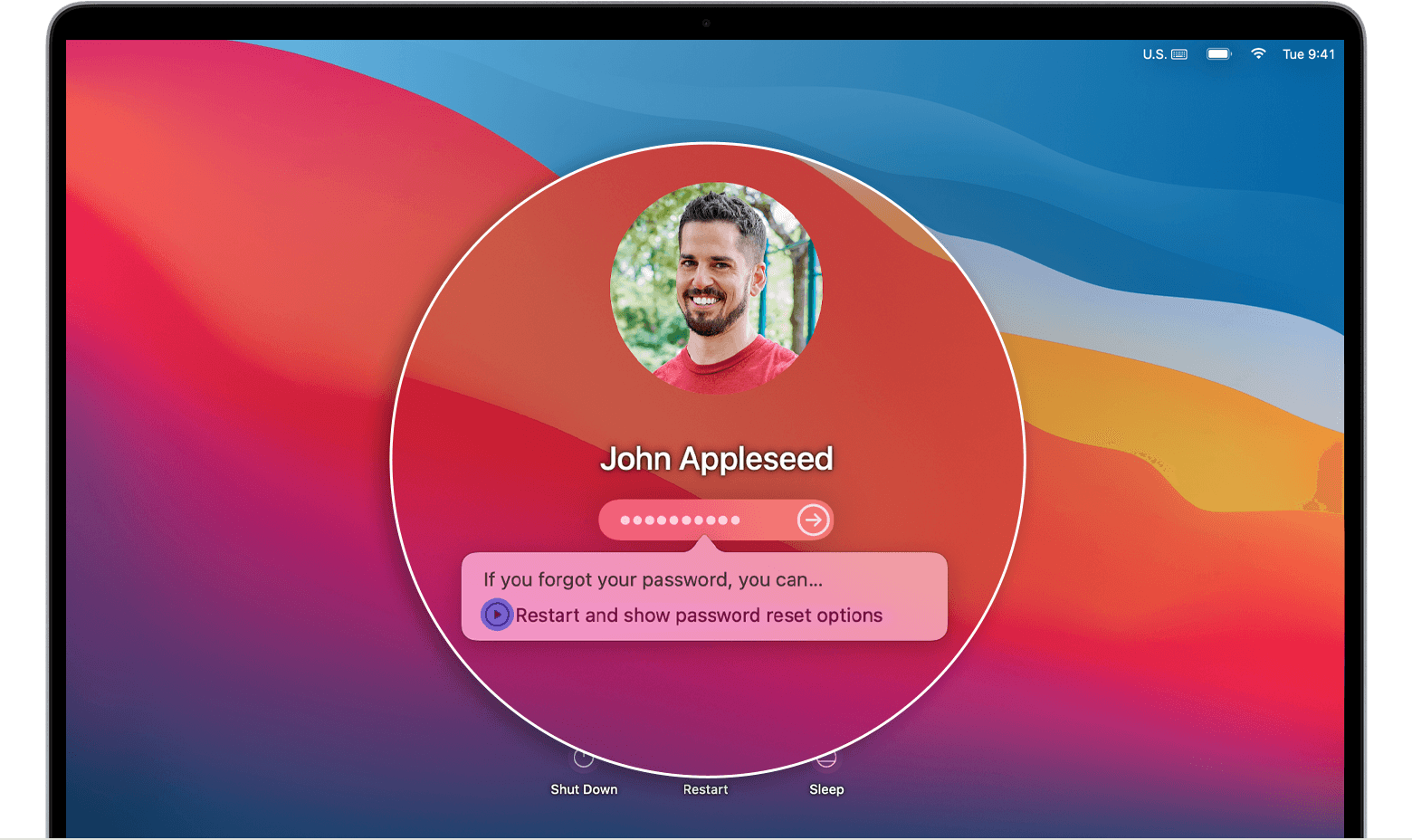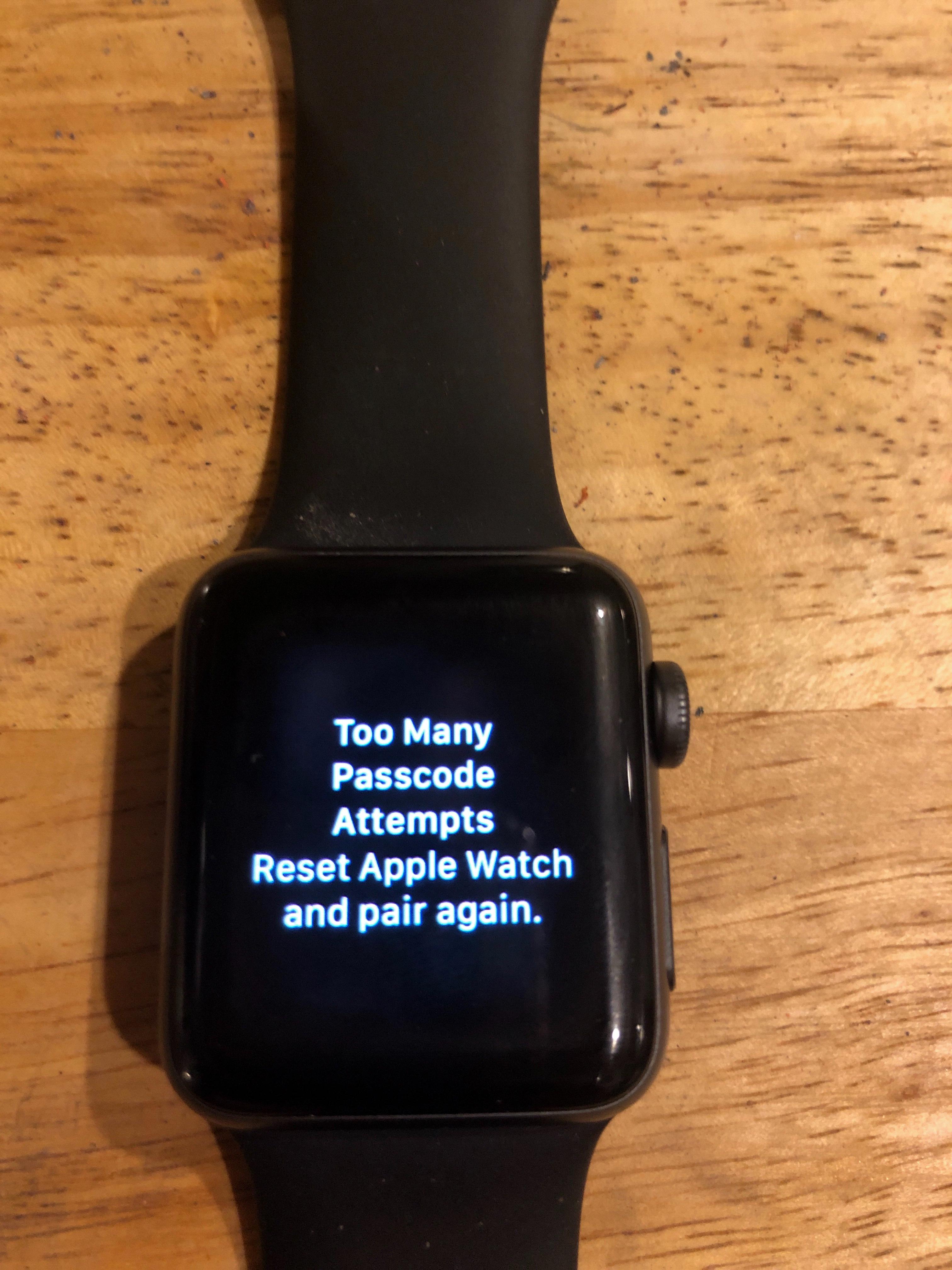For Mac users, encountering a situation where your password isn’t working can be frustrating and worrisome. Whether you’ve simply forgotten your password or suspect malware interference, there are steps you can take to regain access to your Mac.
When you attempt to log in to your Mac and enter the wrong password, you will be allowed a few attempts. If you fail to enter the correct password after three attempts, a message will appear, informing you that you can reset your password using your Apple ID.
To reset your password using your Apple ID, follow these steps:
1. Click on the “Forgot password?” or “Reset Password” option that appears after multiple failed login attempts.
2. Enter your Apple ID email address and click on the “Next” button.
3. You will be prompted to answer security questions associated with your Apple ID. Provide the correct answers and click “Next.” If you don’t remember the answers, you can choose the option to verify your identity using another method.
4. Once your identity is verified, you can create a new password for your Mac. Make sure to choose a strong, unique password that you can remember.
If you haven’t associated your password with your Apple ID, the situation becomes more challenging. In such cases, it is recommended to take more drastic measures to regain access to your Mac.
One possible solution is to perform a software repair by reinstalling macOS. This process involves erasing the current operating system and installing a fresh copy of macOS. To do this, you will need to boot your Mac into recovery mode by holding down Command + R while starting up. From there, you can access the macOS Utilities menu and select the option to reinstall macOS.
If reinstalling macOS doesn’t resolve the issue, a factory reset of your Mac may be necessary. However, it’s important to note that a factory reset will erase all data from your Mac, so it’s crucial to have a backup of your important files beforehand. To perform a factory reset, you will need to boot your Mac into recovery mode, access the macOS Utilities menu, and select the option to erase your Mac’s hard drive.
Encountering a situation where your Mac password isn’t working can be frustrating, but there are steps you can take to regain access. Resetting your password using your Apple ID is the first and easiest option to try. If that doesn’t work, you can attempt a software repair by reinstalling macOS or, as a last resort, perform a factory reset. It’s important to remember to backup your data before taking any drastic measures.

Why is Your Mac Laptop Saying Your Password is Wrong?
There could be several reasons why your Mac laptop is saying your password is wrong. Here are some possible explanations:
1. Typing error: It’s possible that you made a typing mistake while entering your password. Ensure that you are entering the correct password, paying attention to capitalization, numbers, and special characters.
2. Caps lock or num lock: Sometimes, the caps lock or num lock keys may be accidentally enabled, causing your password to appear incorrect. Check if these keys are on or off before entering your password.
3. Forgotten password: If you haven’t used your Mac for a while, it’s possible that you have forgotten your password. Try recalling any variations or previous passwords that you might have used.
4. Keyboard issues: In some cases, keyboard malfunctions or hardware issues can cause certain keys to not register properly. You can try connecting an external keyboard to see if the issue persists.
If none of the above solutions work, it’s likely that your password has been changed or corrupted. In this case, follow the steps below to reset your password using your Apple ID:
1. Click on the “Forgot password?” or “Reset password” option that appears on the login screen after three failed password attempts.
2. Enter your Apple ID and click “Next.” This should be the same Apple ID that you have associated with your Mac.
3. You will be prompted to answer security questions or verify your identity through other means, depending on your Apple ID settings.
4. Once your identity is verified, you can choose to reset your password. Follow the instructions provided by Apple to create a new password.
5. After resetting your password, you should be able to log in to your Mac using the new password.
Note: If you don’t remember your Apple ID or haven’t associated it with your Mac, you may need to contact Apple Support for further assistance.
If your Mac laptop is saying your password is wrong, it’s important to double-check for typing errors, verify the status of caps lock and num lock keys, and consider the possibility of a forgotten password. If necessary, use your Apple ID to reset your password and regain access to your Mac.
Why is Your MacBook Not Letting You Log In?
There can be several reasons why your MacBook is not allowing you to log in. Some common causes include malware interference and issues with third-party apps. Let’s explore these in more detail:
1. Malware interference: Malware or malicious software can cause disruptions in the normal functioning of your MacBook, including preventing you from logging in. Malware can hijack your login process or compromise your system files, making it impossible to access your account. In such cases, you may need to take more drastic measures to resolve the issue.
2. Third-party apps: Sometimes, certain third-party applications can conflict with the login process on your MacBook. These apps may have compatibility issues or contain bugs that prevent you from logging in. It is advisable to uninstall any recently installed apps or update them to their latest versions to see if the problem gets resolved.
If you have tried troubleshooting these common causes but still cannot log in to your MacBook, you may need to consider more advanced solutions:
3. Software repair: Reinstalling macOS can help fix any software-related issues that might be causing the login problem. You can do this by booting your MacBook into recovery mode and selecting the option to reinstall macOS. It is essential to have a backup of your data before proceeding with this step, as reinstalling macOS will erase all your files and settings.
4. Factory reset: If all else fails, performing a factory reset will restore your MacBook to its original settings. This process wipes out all data and settings on your device, so it is crucial to have a backup before proceeding. To perform a factory reset, you need to boot your MacBook into recovery mode and select the option to erase the hard drive and reinstall macOS.
In any case, if you are unsure about performing these advanced troubleshooting steps, it is advisable to seek professional assistance or contact Apple support for guidance.
Conclusion
The Mac offers a secure and reliable operating system for its users. However, there may be instances where you encounter difficulties logging in, such as forgetting your password or facing interference from malware or third-party apps.
If you forget your password, you can easily reset it using your Apple ID, provided you have associated it with your account. This ensures that you can regain access to your Mac without much hassle.
In more severe cases, where software repair is required, you can reinstall macOS to resolve any issues that may be preventing you from logging in. This process can help fix any software-related problems and restore your Mac to its optimal functionality.
However, if all else fails and you are still unable to log in, a factory reset may be necessary. This drastic measure will erase all data from your Mac and restore it to its original factory settings. It is important to note that performing a factory reset should only be done as a last resort, as it will result in the loss of all your personal files and data.
While encountering difficulties logging in to your Mac can be frustrating, there are various solutions available to help you regain access and get back to using your device smoothly. It is always recommended to follow the appropriate steps and seek professional assistance if needed to ensure a successful resolution.








